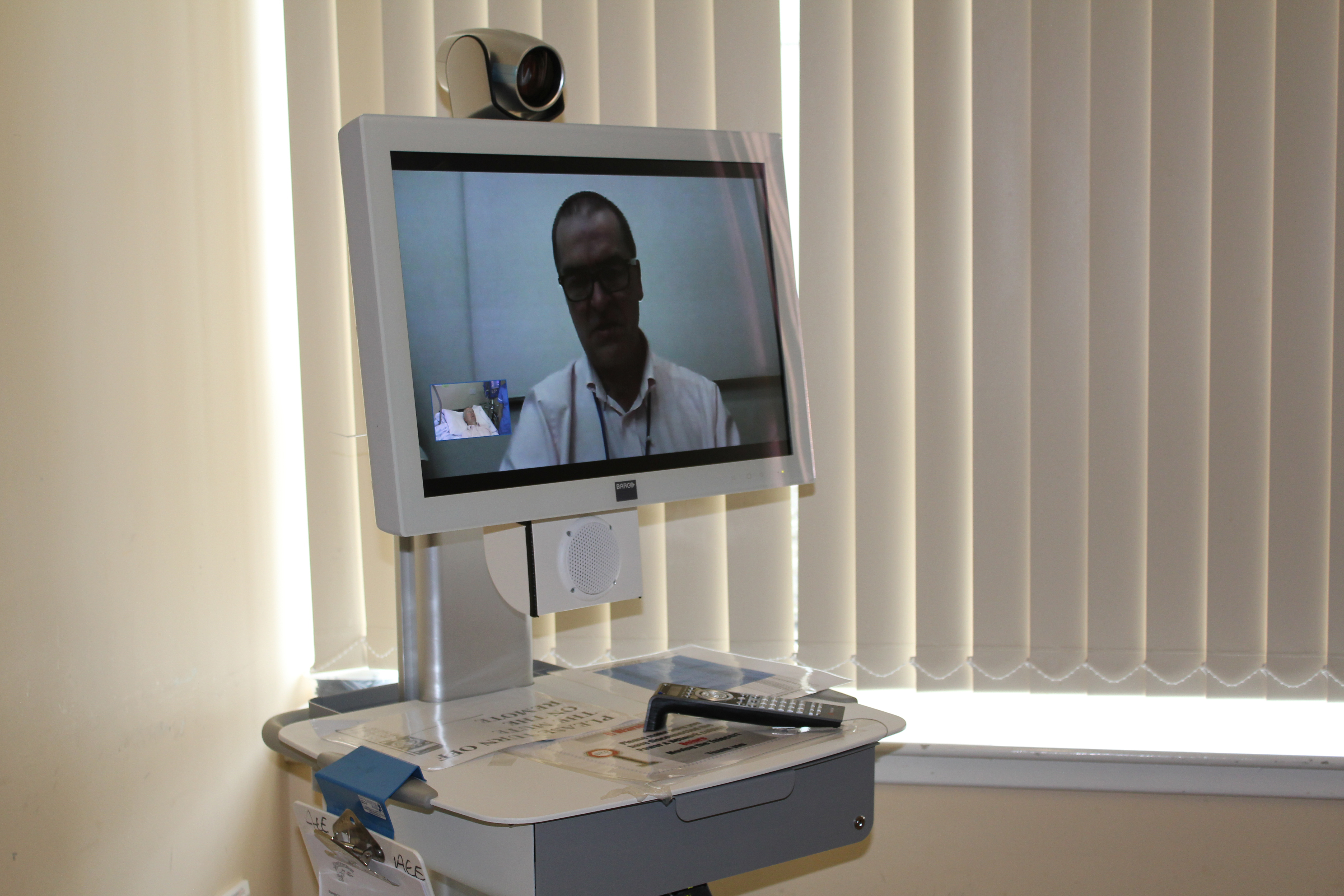Saving lives with videoconferencing
We look at an IT project in Lancashire and Cumbria which could save stroke victims' lives, all thanks to videoconferencing.

CASE STUDY IT can enable incredible things. Really innovative IT can take a business from the doldrums to the top of the pile.
It can also help save lives. Over in Lancashire and Cumbria a new project is under way, which doesn't just have the potential to save the NHS more than 8 million, it could save 24 more stroke patients lives every year.
The power of videoconferencing
How is IT enabling this? It's simple: videoconferencing. A few years back videoconferencing was not the most user-friendly technology. Thanks to inadequate bandwidth and expensive high definition video, images did not contain the level of detail certain industries needed, especially in the health sector.
Now, that's all changed. With vastly superior broadband, in this case provided by Virgin Media Business, and a secure router placed in each consultant's home, doctors are now able to view a stroke victim's face in crystal clear detail.

By combining the visuals and the information over the shared platform, a decision can be made on whether to treat the patient with Thrombolysis, a "clot busting agent," or not. This treatment can only be given within four and a half hours of the onset of a stroke.
Giving doctors the ability to diagnose in super-fast time really can be the difference between life and death in certain cases. It all forms part of what the doctors are calling 'telestroke medicine.'
Get the ITPro daily newsletter
Sign up today and you will receive a free copy of our Future Focus 2025 report - the leading guidance on AI, cybersecurity and other IT challenges as per 700+ senior executives
Compared to the comparatively sluggish system used before, it's a vast improvement.
"As the doctor and nurse are preparing the patient I can be looking at a CT headscan which was probably done only three or four minutes before," said Dr Nicholas Roberts, one of the 14 consultants using the technology.
"The new technology has allowed us to do this 24/7. Before we could only do it onsite."
In an area where more than 4,000 people suffer a stroke every year, this new technology is going to prove fairly radical. On top of the estimated lives saved, it is believed an additional 40 patients will recover with no symptoms or significant disabilities, whilst 30 less patients per year will require full-time care. And there have been some significant successes already.
"We had one patient who was about fifty-something and was healthy. She was decorating her house and developed left-sided weakness and was with a friend who realised she was having a stroke," Dr Roberts told IT Pro.
"She got her to hospital within 40 minutes, she had her head scan done within another 20 minutes and then we started the treatment probably about 75 minutes after the symptoms started. She would have been a bad stroke case, but she made a full recovery and walked home two days later. That was fantastic and I've seen that happen several times now. It is quite a remarkable treatment."
Tom Brewster is currently an associate editor at Forbes and an award-winning journalist who covers cyber security, surveillance, and privacy. Starting his career at ITPro as a staff writer and working up to a senior staff writer role, Tom has been covering the tech industry for more than ten years and is considered one of the leading journalists in his specialism.
He is a proud alum of the University of Sheffield where he secured an undergraduate degree in English Literature before undertaking a certification from General Assembly in web development.
-
 Bigger salaries, more burnout: Is the CISO role in crisis?
Bigger salaries, more burnout: Is the CISO role in crisis?In-depth CISOs are more stressed than ever before – but why is this and what can be done?
By Kate O'Flaherty Published
-
 Cheap cyber crime kits can be bought on the dark web for less than $25
Cheap cyber crime kits can be bought on the dark web for less than $25News Research from NordVPN shows phishing kits are now widely available on the dark web and via messaging apps like Telegram, and are often selling for less than $25.
By Emma Woollacott Published